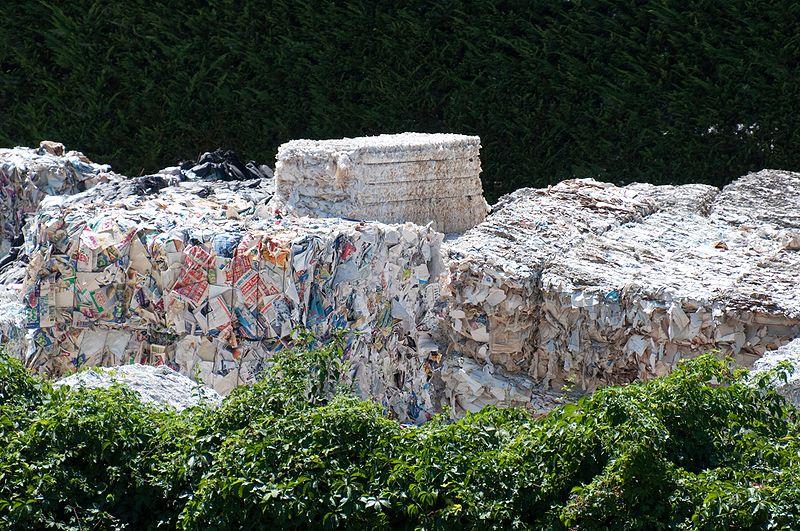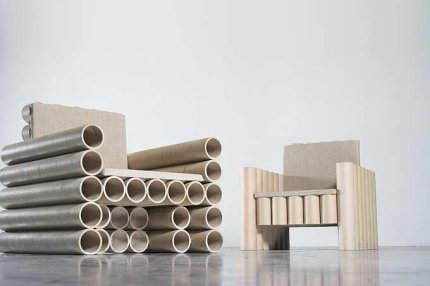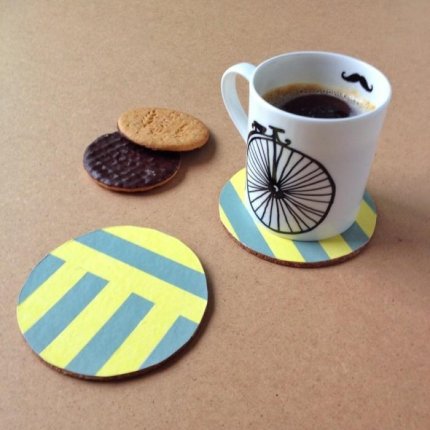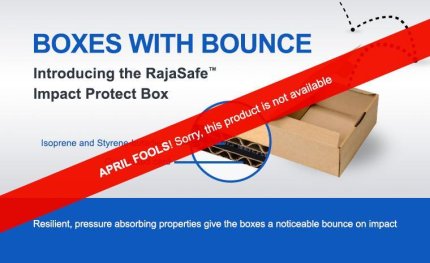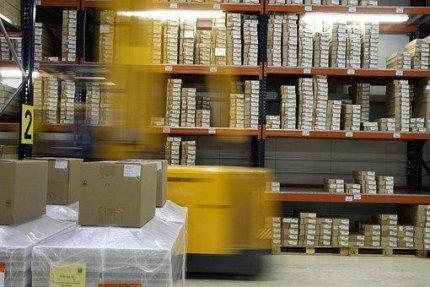The state of the environment is now a major concern for all governments, industries 
But recycling the odd envelope or doodled scrap of paper can sometimes feel like it won’t make much of a difference, and you often wonder what even happens to the paper once it’s shipped off to the recycling centres.
To follow on from our latest look at reusing cardboard, we’ve decided to lay down a few facts about paper recycling to help motivate you to get all the bits of paper you have laying around shipped off for recycling.
Paper usage
First off we’ll have a little look at how paper is currently used around the world:
- The world’s paper consumption is on the rise
- The UK alone uses 12.5 million tonnes of paper each year
- Businesses in the U.S. generate enough paper to wrap around the glenvelobe around 20 times
- Paper production accounts for around 12% of all energy used in the industrial sector
- Almost half of all printouts and photocopies are thrown away each day
- Europeans and North Americans use around 200kg of paper each per year
Paper recycling:
So paper is big business, but what about how we recycle it? Well, here’s how things stand in terms of paper recycling at the moment:
- Around 50% of paper produced annually is recycled
- Recycled paper produces 73% less air pollution than if it was made from raw materials
- For every tonne of paper recycled, 17 trees are saved
- Paper from offices is recycled into tissue, toilet paper and paper towels
- Back in 1993, paper recovery in the U.S. saved more than 90,000,000 cubic yards of landfill space
How is paper recycled?
The process of paper recycling is often something of a mystery to the average man on the street, but we can shine some light on it:
After being collected by the local council, paper is taken to the paper mill where it is sorted into differing grades of quality. It is then pulped in a tank filled with water and chemicals that separate the fibres – these include caustic soda, hydrogen peroxide and soap. The fibres are then de-inked and whitened using whitening agents.
The pulp is then fed into the paper machine and passed over a vibrating machine and through rollers to remove a large part of the water. The sheets are then heated on more rollers and dried. After that they pass through a machine that helps to smooth the paper out to achieve the best possible standard of evenness.
The sheets are finally rolled up into gigantic rolls and tested to ensure they meet the required standards. Upon being cut and divided into sheets of varying size and packed, they are ready for shipping and ready to be used again.
Which papers can be recycled?
Not all papers can be recycled in the above manner. Most councils have collection services for paper recycling, but these often vary from region to region. It is sometimes unclear what can and cannot be put in paper recycling bins, so below is a short list of which common types of paper are eligible for recycling:
Can be recycled:
- Office paper
- Newspapers
- Magazines
- Brochures (small)
- Envelopes (without windows)
- Leaflets
Cannot be recycled:
- Wallpaper
- Wrapping paper (unless it is pure paper – most wrapping paper has glitter or is made from a plastic material)
Images: http://commons.wikimedia.org/wiki/File:Paper_recycling_in_Ponte_a_Serraglio.JPG; http://commons.wikimedia.org/wiki/File:Colorful_Recycling_Containers_for_Trash.jpg
Sources: http://www.forestethics.org/paper-the-facts; http://earthecho.org/news/did_you_know_some_interesting_facts_about_the_environment; http://www.environmentalpaper.eu/paper-facts/; http://www.recycling-guide.org.uk/facts.html; http://www.usi.edu/recycle/paper-recycling-facts; http://www.recyclenow.com/facts-figures/how-it-recycled/paper; http://www.recyclenow.com/what-to-do-with/paper







